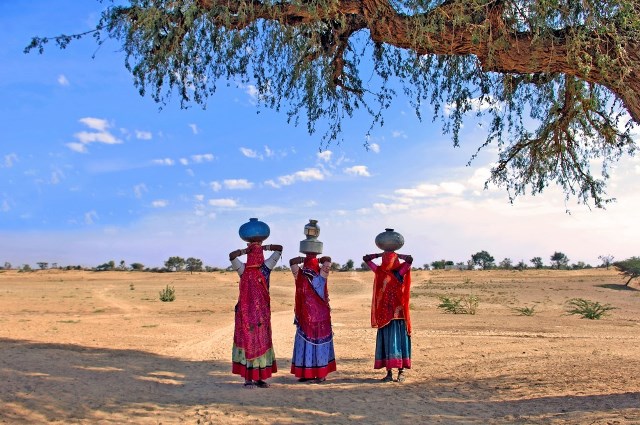
Despite the fact that the constitution of Pakistan recognises every individual’s right to free and compulsory education, 6.2 million children in Sindh aged between five and 16 years do not go to school. What is even more disquieting is that 61% of these out of school children are girls. With merely 2.5% of the GDP budgeted for education in 2018, the ailing state of the educational sector has reached alarming levels.
The abysmal educational conditions in the province can largely be attributed to the dearth of educational and physical infrastructure. According to a survey conducted by the Pakistan Fisherfolk Forum, around 95% of public schools along the Sindh coastline neither have drinking water nor washrooms. Hence, every month approximately 100, 000 students drop out.

Additionally, the enrollment rate of girls follows a declining curve due to cultural constraints, illiteracy of parents and parental concerns about safety and mobility of their daughters. Instead of studying, these young girls are obligated to help their parents in the fields and household. Hence, enrollment of rural girls is 45% lower than that of urban girls, while for boys the difference is merely of 10%.
The inadequate basic facilities, combined with rampant ghost schools and outdated curriculum that supports a pedagogic teaching style, pose a serious challenge. As per the recently conducted survey of non-functional and ghost schools by the Supreme Court of Pakistan, at least 6,164 non-functional and ghost schools exist in Sindh; every seventh school in Sindh is non-functional.

According to Sindh Education Department, around 3000 teachers retire each year and new teachers are hired every five years on the basis of nepotism and political connections. The government completely ignores the training needs of the teachers. Not only is the faculty untrained, it possesses dubious academic track records and displays minimal interest in the education of the students.
Fortunately, this gaping lacuna in Sindh’s educational infrastructure is being increasingly filled by private entities and NGOs. One such example is of the leading pharmaceutical company, Martin Dow, that has built Hilal Public School in Karachi. It has partnered with the non-government organisation Green Crescent Trust to build a state-of-the-art campus in Mehran Town.

The charitable institute, fully equipped with science laboratories and highly trained faculty, provides top-notch education to children belonging to the families of labourers working in the Korangi industrial expanse. As part of its corporate social responsibility, the enterprise continues to introduce sustainable ventures in the remote areas of Karachi and interior Sindh in order to uplift societies from a dark pit of illiteracy.
However, the private sector alone cannot fix the compromised educational system of the province. The high dropout rate, with only six of the 100 children enrolled in the first grade making it to college, compels us to evaluate the educational needs of Sindh before we cast our votes on July 25, 2018. The 10% increase in educational budget every year is not enough for only 50 to 70% of the budget is actually harnessed towards development of educational facilities. The federal and provincial governments need to make educational reforms a priority and spend on constructive initiatives like teachers’ training rather than merely distributing laptops.



1716998435-0/Ryan-Reynolds-Hugh-Jackman-(3)1716998435-0-165x106.webp)







1730806490-0/New-Project-(2)1730806490-0-270x192.webp)




1730706072-0/Copy-of-Untitled-(2)1730706072-0-270x192.webp)
COMMENTS
Comments are moderated and generally will be posted if they are on-topic and not abusive.
For more information, please see our Comments FAQ